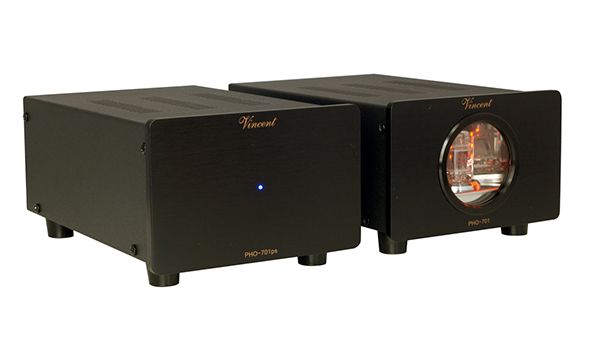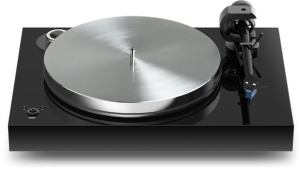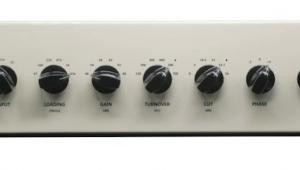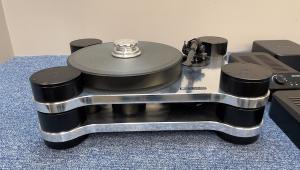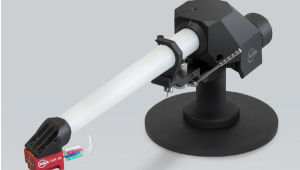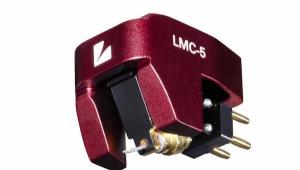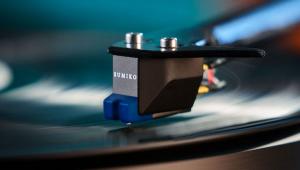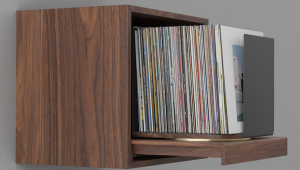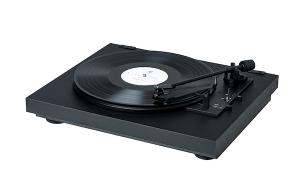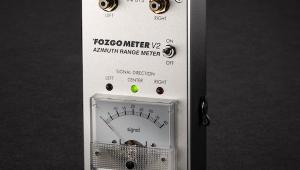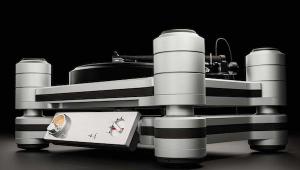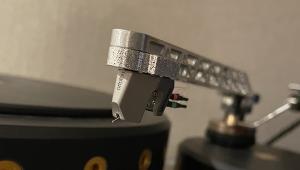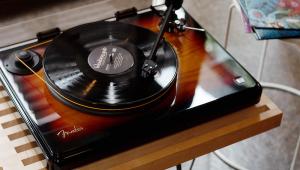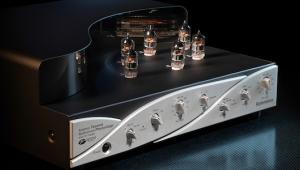Vincent Audio’s PHO-701 Is a Classy Hybrid Two-Chassis MM/MC Phono Preamp Option
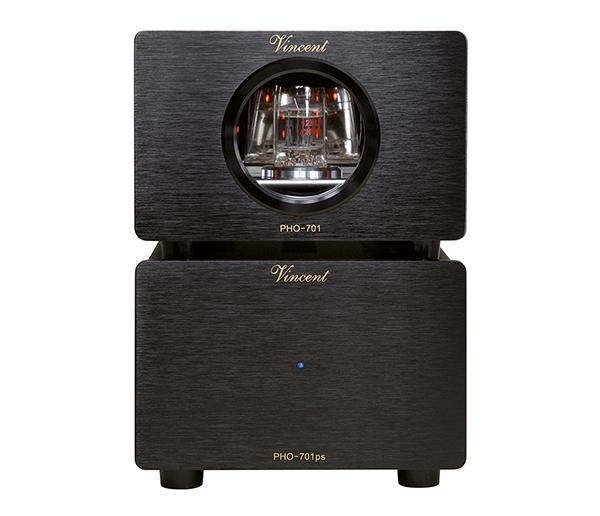
Vincent Audio knows from phono preamps, and the company’s PHO-701 MM/MC hybrid two-chassis model now emerges in the wake of its vaunted PHO-700 predecessor. First, the two-chassis PHO-701 MM/MC is said to improve upon the PHO-700 by offering added adjustability to match your cartridge options, and second, it also includes a USB output.
The PHO-701 performs its RIAA correction for ultra-low distortion, and it also has a single phono input, which can be switched to accommodate low-output MC cartridges or MM/high-output MC cartridges. The ability to fine-tune the input to accommodate a wide range of phono cartridges occurs via dip switches on the bottom of the unit, enabling the adjustment of input capacitance and input impedance. (Any respective phono cartridge user guides should offer the recommended settings.)
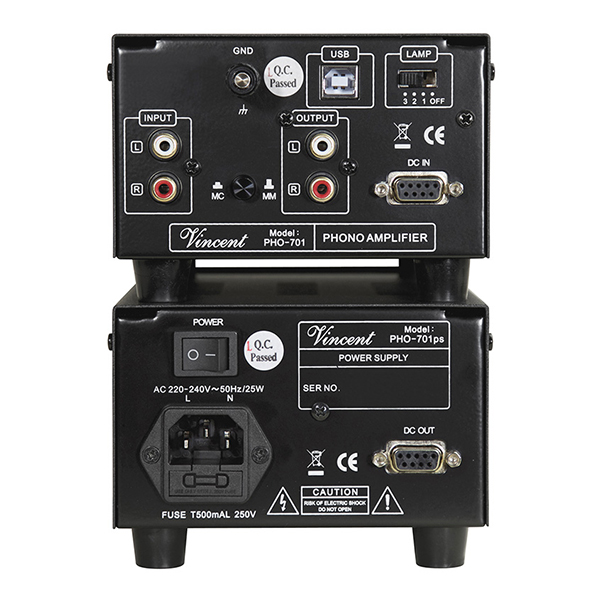
As for the USB-inclined amongst us, note that the PHO-701’s built-in A/D converter contains a CS5340 chip made by Cirrus Logic. The output is fixed at 24-bit/192kHz, and it uses a USB connection. When you plug the PHO-701 into a PC or Mac, the device will recognize the PHO-701 by the name “USB-Audio.”
The PHO-701 houses its power supply in a completely separate chassis for, in the company’s verbiage, “pristine signal quality.” Separate cases for audio and power supply circuitry are said to isolate the signal chain from AC distortion and interference.
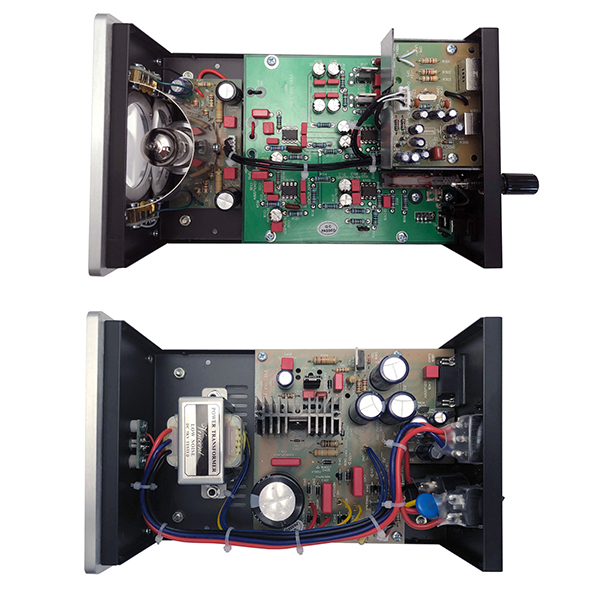
With the PHO-701, Vincent Audio has omitted the typical AC power adapter, opting instead for a specially designed outboard power supply said to assist the PHO-701 in achieving low-noise performance. The PHO-701 uses the same power supply already employed in Vincent’s PHO-8 phono preamp. It is connected to the separate-chassis audio circuitry using a nine-pin DIN cable. The voltage is highly regulated and filtered, intended as such so the ripple and hum found in unconditioned AC power out of the wall will not reach the phono section. Intended result: The audio circuitry is said to only receive clean power.
Looking through the front-panel window of the PHO-701 reveals a 12AU7 vacuum tube inside, used in dual triode mode. High-quality componentry from Nichicon, WIMA, and other companies are said to improve the parameters of S/N ratio and amplification.
Vincent Audio’s two-chassis PHO-701 MM/MC phono preamp has an SRP of $799.95.
With all this in mind, it sounds to me like the PHO-701 is worthy of a hands-on AP review, don’t you think?
For more about Vincent Audio, go here.
To find an authorized Vincent Audio dealer near you, go here.
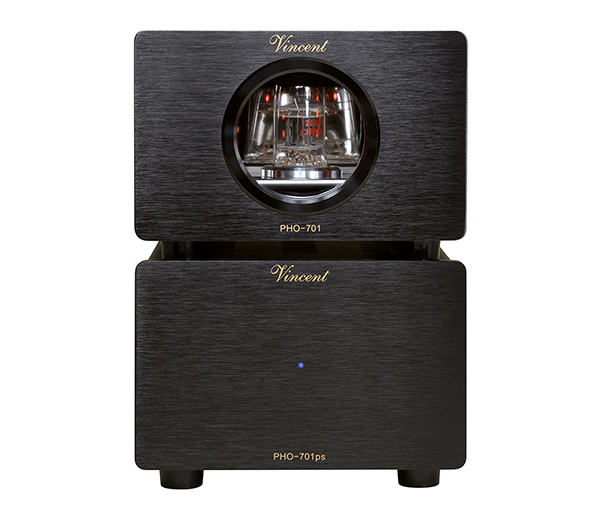
VINCENT AUDIO PHO-701 MM/MC HYBRID PHONO PREAMP
($799.95)
Specs
RIAA tolerance/deviation: 10Hz - 20kHz (max. 0.5dB)
Output impedance: 250ohms
Input sensitivity (MM): 58mV
Input sensitivity (MC): 6.8mV
Input impedance (MM): 47kohms
Input impedance (MC): 100ohms
Distortion: <0.05%
Signal-to-noise (S/N) ratio: MM >81dB; MC >69dB
Dimensions (w/h/d): 130 x 82 x 225mm (2x)
Weight: 2.7kg (PHO-701ps: 1.5kg; PHO-701: 1.2kg)
